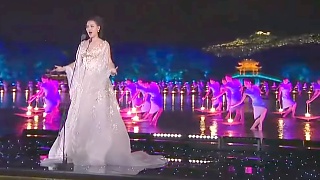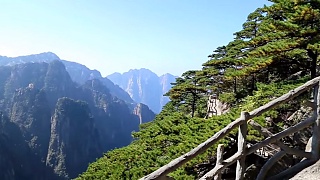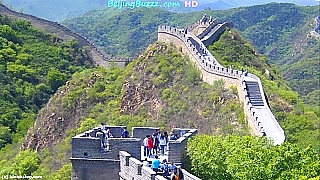The traditional Chinese philosophy is to live in harmony with nature rather than trying to conquer nature.
A look at China's Green Dream and its amazing progress ...
[640],shadow=true,start=,stop=Live more ...
 Alternative energy in China (documentaries)
Alternative energy in China (documentaries)The traditional Chinese philosophy is to live in harmony with nature rather than trying to conquer nature.
A look at China's Green Dream and its amazing progress ...
[640],shadow=true,start=,stop=

|
Everything you do, do it with love ...
Bonus film - home-made tofu (dofu), and the well-known dish - MaPo DoFu ...
|

|
With Walk East ...
|

|
A mix of classical and Chinese folk music staged on West Lake. Awesome !
Bonus films ...
HangZhou : 'Heaven on Earth' - Marco Polo
|

|
With Walk East ...
|

|
With DianXi XiaoGe ...
|

|
Join us for a hike through the amazing peaks and valleys of HuangShan (Yellow Mountain) Scenic Area in AnHui province, east China ...
|

|
A beautiful film by kinabaloo.com.
|